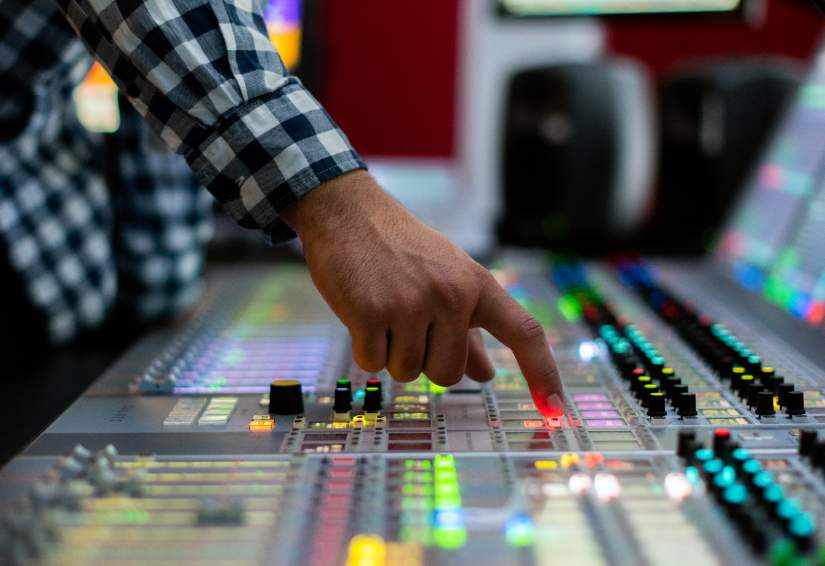The three great elemental sounds in nature are the sound of rain, the sound of wind in a primeval wood, and the sound of outer ocean on a beach.
― Henry Beston
Don’t you just love it when you go to Youtube, watch 20 minutes of a video, and then finally figure out A: it was too basic and unhelpful, B: it was waaaay over your head, or C: it didn’t address your question at all. Given the size of the internet, finding that goldilocks tutorial can feel impossible.

There is a lot of information on the internet. Some of it is better than others. I am by no means an audio engineer. In fact, I am the total opposite. But here is a list of information and resources that I found helpful. This is meant to be a review of the sources listed, because, as I said, I found them helpful. A lot of it assumes you are producing music, so feel free to ignore any irrelevant bits. Or if your brain isn’t already at risk of exploding from info overload, go ahead and soak up as much as you can!
Mastering is the final step in audio production. It refers to the treating and processing of audio tracks to achieve the desired sound. But it is also more than that. Mastering can also refer to the ordering of tracks on an album, the conversion of a music file to another type of file (such as .wav to .mp3), or moving the data to various storage devices.
When you hear terms like compressors, equalizers, amplifiers, limiters and gates, they are talking about different mastering effects. Don’t worry about those just yet, there will be more on those later. Basically, mastering is fine-tuning audio using computer software to create the final product.
Tip: You do not need to use the same DAW (Digital Audio Workstation) for recording, editing, and mastering. Maybe there is one you prefer for recording and editing, but like the features of another for mastering. If it improves your work flow, go ahead and switch around. Just make sure to save all your work!
Leading up to mastering, but separate from it, are editing and mixing.
Think of editing as gathering all the ingredients for a recipe. Mixing puts them together in the right order and amounts. And mastering presents the final, decorated cake.
If you’re a total newbie, like I still am, start by building a foundation of vocabulary. Tutorials often effortlessly toss around unfamiliar words and terms that can confuse anyone who doesn’t yet speak that language.

Fun Fact
Fun Fact: Men’s voices typically span between 80-180 Hz, whereas women’s voices range higher, around 160-260 Hz.
Disclosure: This post may contain affiliate links, meaning at no additional cost to you, I will earn a commission or compensation if you click through and/or make a purchase. The opinions and recommendations expressed here are my own.





I've had the travel bug for as long as I can remember. My hope is that I can help others find their own adventure.
The three great elemental sounds in nature are the sound of rain, the sound of wind in a primeval wood, and the sound of outer ocean on a beach.
― Henry Beston
